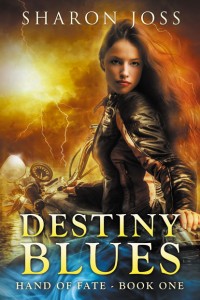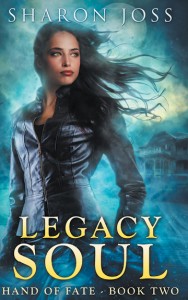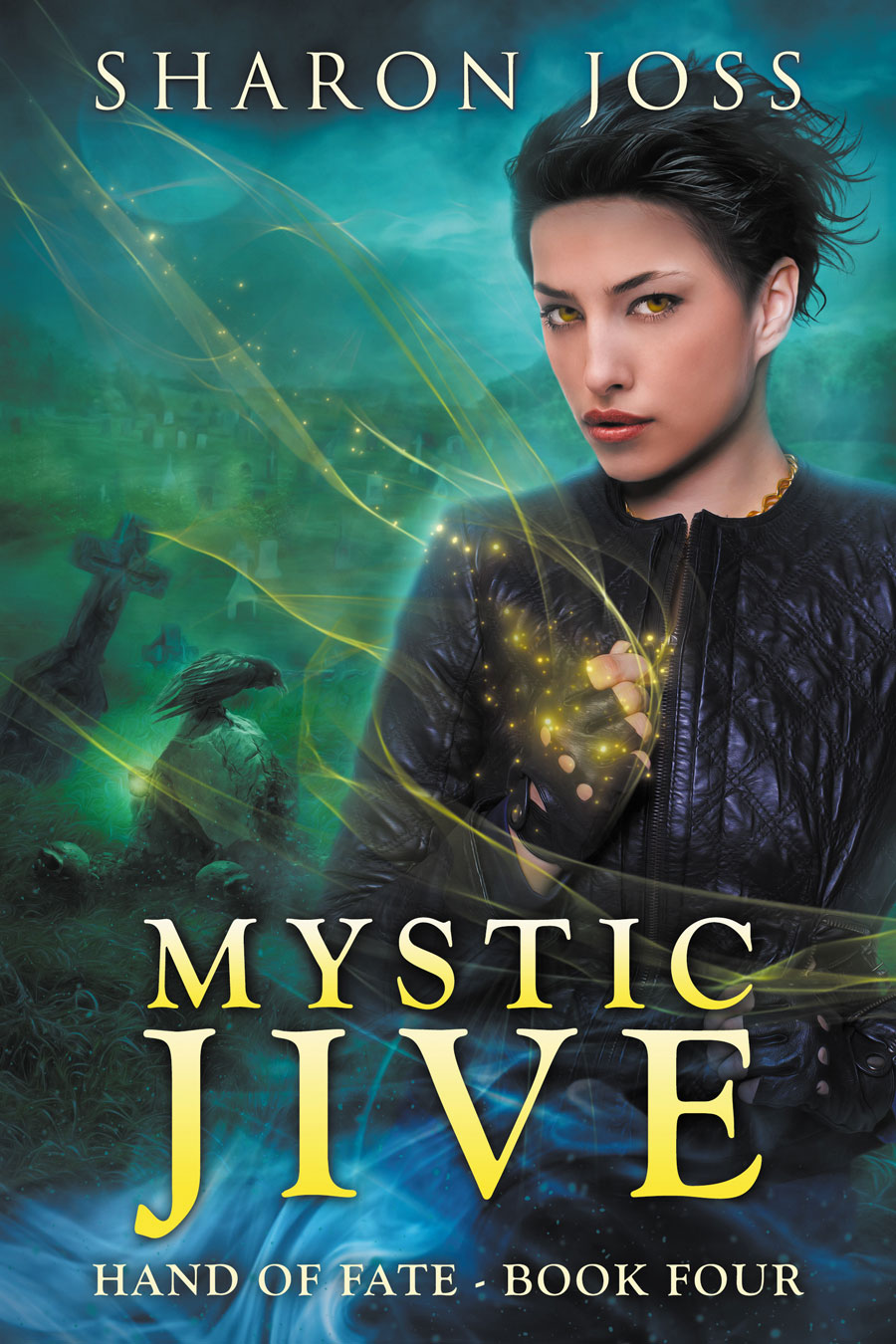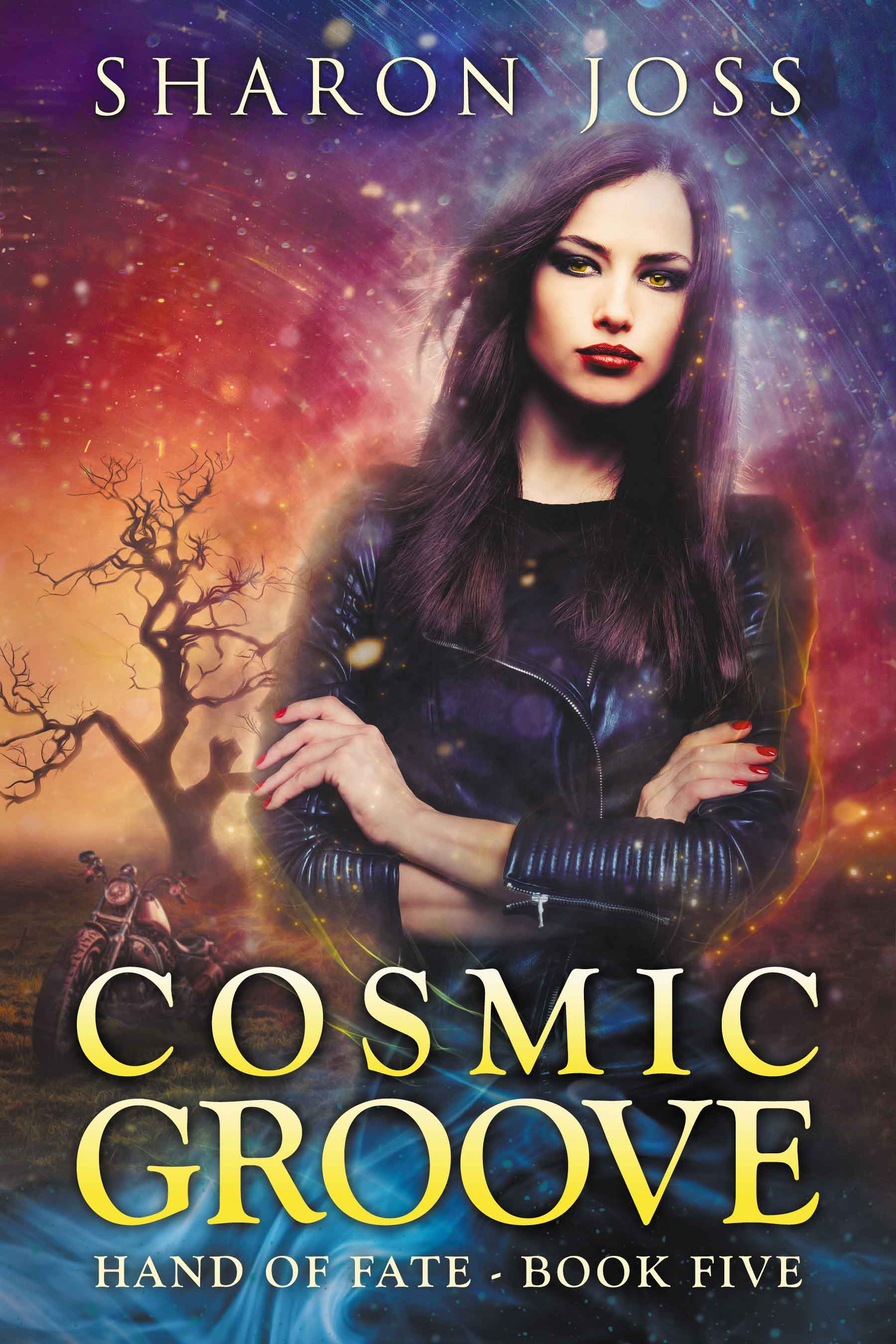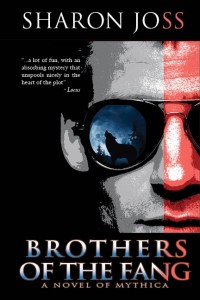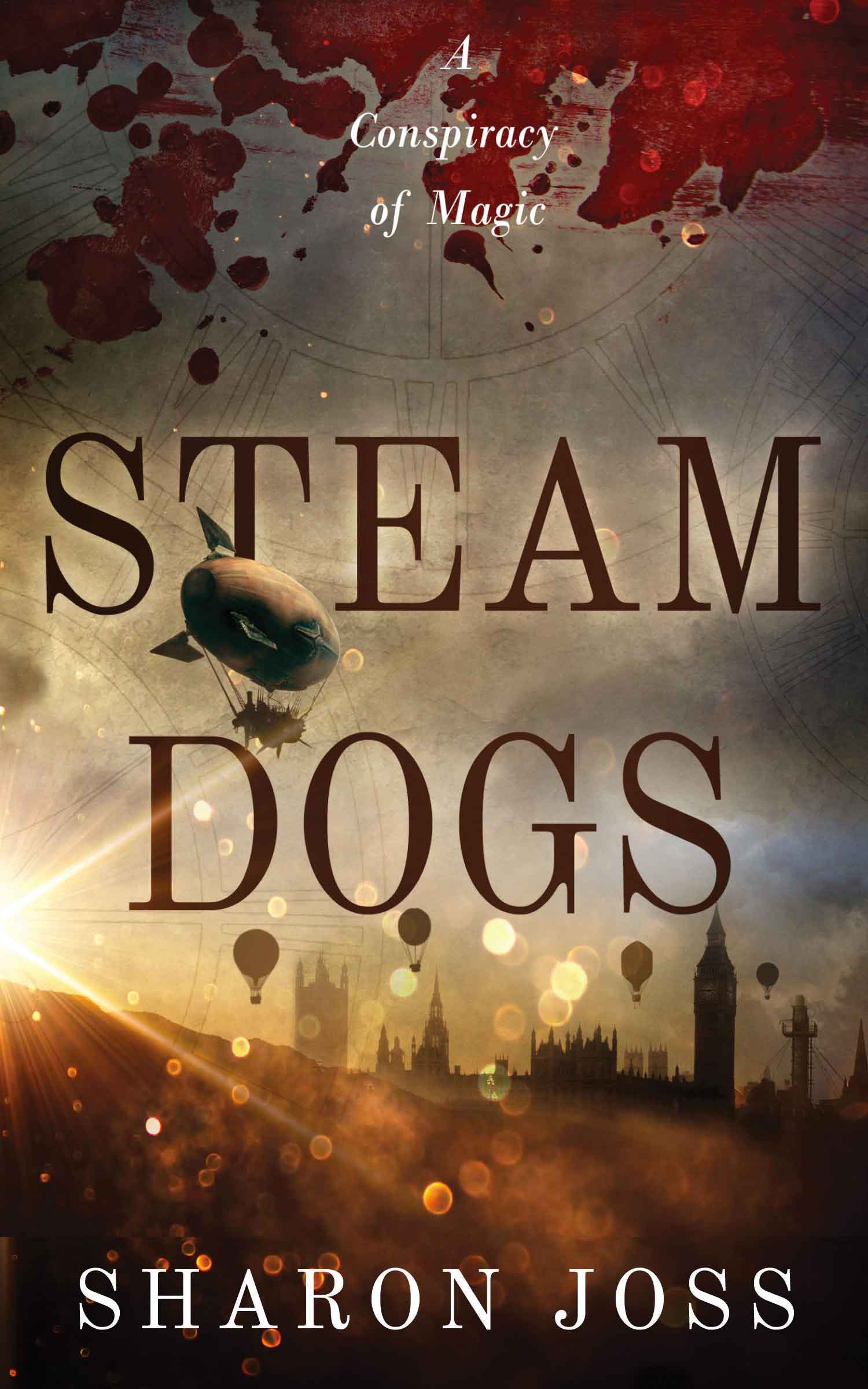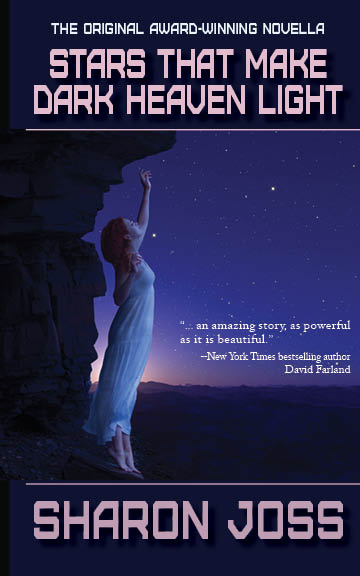I’m back from Los Angeles, where I spent four intensive days in a Robert McKee ‘Story’ seminar. Even though I’ve read his book (twice), the live lecture shook loose some new-to-me concepts which I plan to incorporate into my current WIP.
I have no current aspirations toward screen-writing, but we spent most of the day on Sunday working our way through the script of Casablanca whilst viewing the movie. Repeatedly, McKee drove home the notion that the strength of the writing in this great movie lay in its subtext. Truly, Casablanca is a great love story, but nowhere does the character of Rick (as played by Humphrey Bogart) ever tell Ilsa (played by Ingrid Bergman) that he loves her. Yet each time he tells her, “Here’s looking at you kid,” the audience knows without a doubt that not only is Rick telling her he loves her, but that she is the love of his life, and he will never love another. That’s powerful story telling.
Subtext, as McKee defines it, is the unexpressed, subconscious, or inner thoughts and feelings of a character; both the unsaid and un-sayable. Writers whose characters say exactly what they feel come off as flat and dull. Fine writers make sure that what is said and what is thought or communicated by a character’s actions rarely agree. The character’s words are meant to be the truth, but the inner truth is rarely obvious, and that inner conflict raises the tension in a scene, regardless of the author’s medium.

